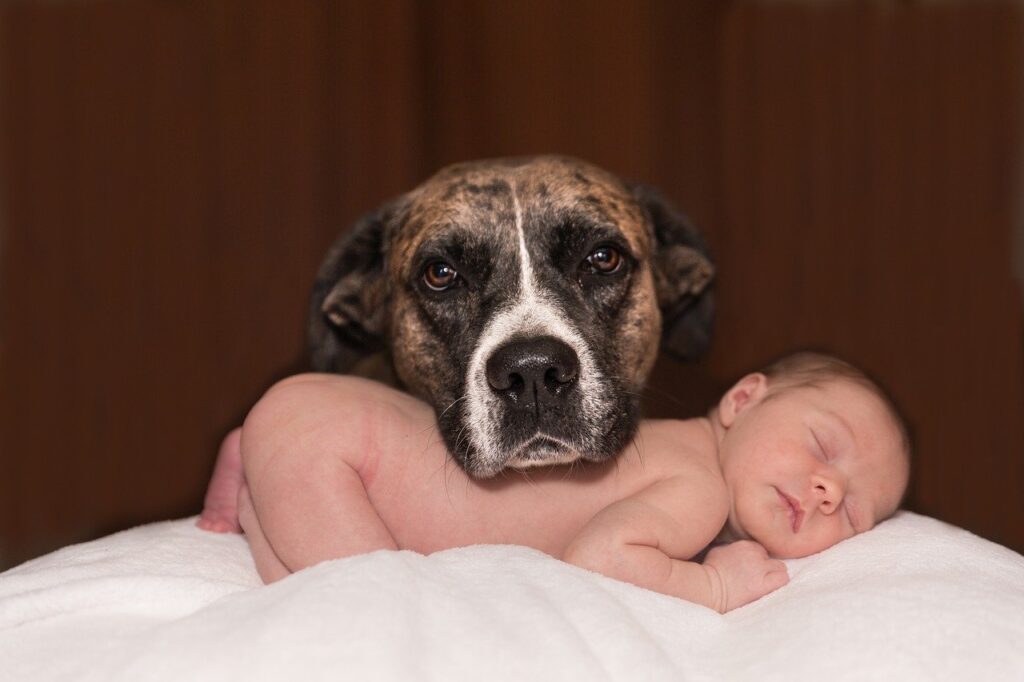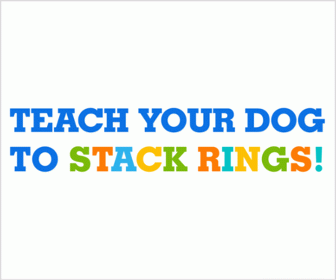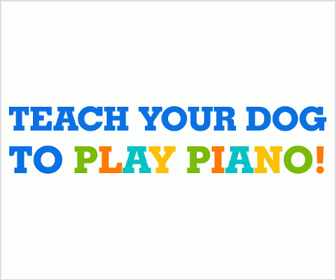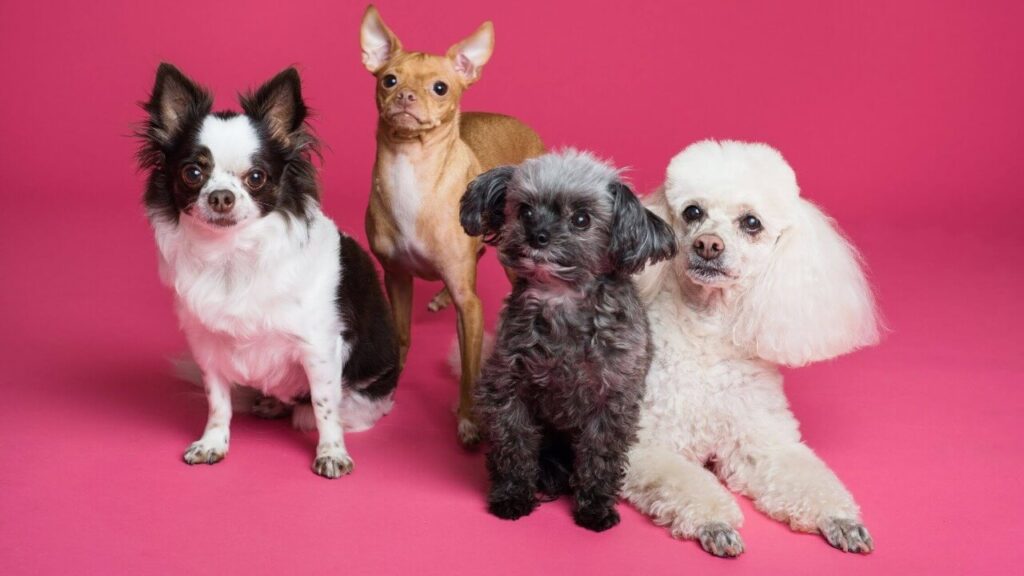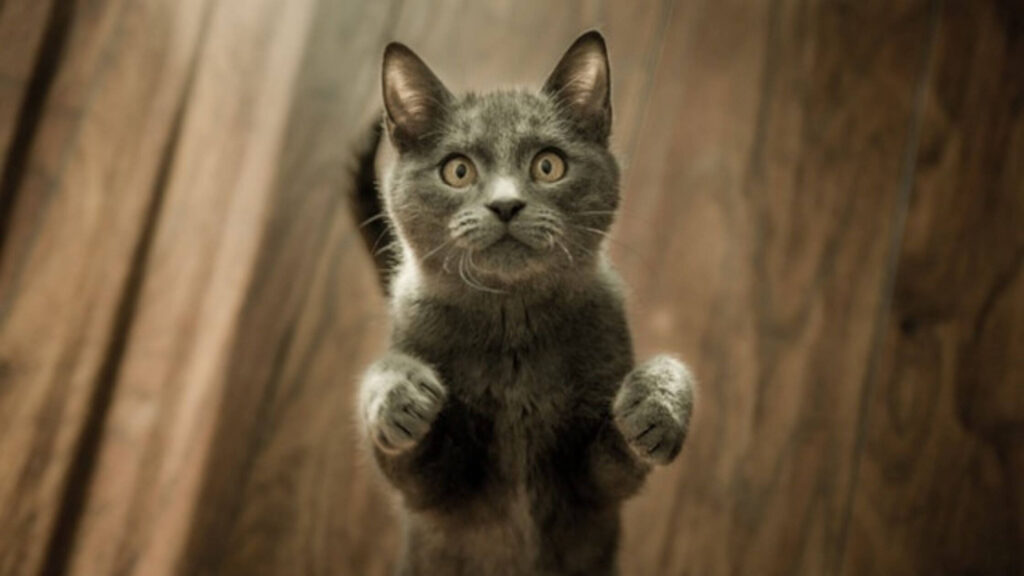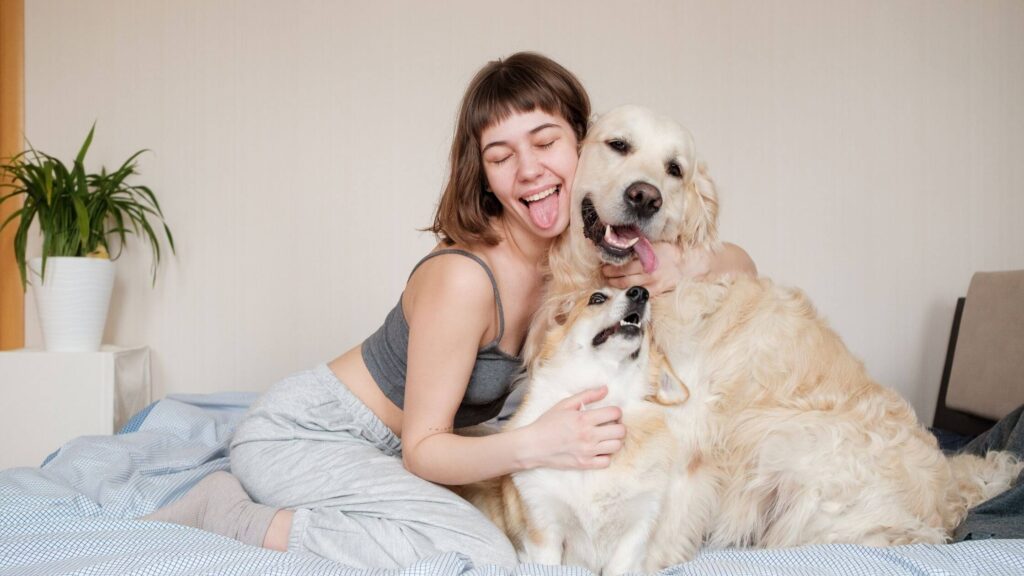Once you have brought your new dog home, it is wise to start training immediately. But where should you start? What is the best way to give training to a puppy? And how do you train an old dog? There are more options for training your dog. Whether you choose to train your puppy or dog yourself, do classes or hire a private trainer, you can use the following basic training tips right away to make the process easier.
Top 10 Dog Training Tips
This top ten tips will help you get your new puppy & dogs on the right track. You need more dog training information to follow some high-quality puppy training course it will help you in future
#1: Choose Your Dog’s Name Wisely
Part of the fun is bringing a new puppy or dog to get a good name for them. But did you know that certain words are better for training? It helps to think of a short word that ends with strong consonants that are always well heard. A strong conclusion, such as “Jasper,” “Jack,” and “Ginger,” touches the puppy’s ears – especially if you emphasize at the end. If your new pet is an old dog, they are probably using their name at this point. However, changing it is not in question. And if your new pal comes out of an abusive situation, a new word can represent a new beginning. Dogs are extremely flexible. If you decide to give them a new name, use it consistently and soon enough your child will respond to it. Whatever their name, be sure to associate it with fun, and a good experience as much as possible, rather than negative. Ideally, your student should think of their name in the same way that they think of other fun things like travel or dinner time.
#2: Decide on house rules
Before your new hairy pal returns home, decide what they can and cannot do. Are they allowed in the bed or furniture? Are parts of the house closed? Will they have their seat at your dining table? If rules are set in advance, you can avoid confusion – both.
#3: Set up a Private Place
Like humans, dogs need space. As soon as possible, give your pup a private place to sleep, such as a crate. Your dog will benefit from short periods left alone in the comfort and safety of their den and can be an important tool for home learning. Be sure to reward your puppy or dog if they stay comfortable and quiet in the dog cage.
#4: Help Your Dog Relax
When your puppy gets home, give him a bottle of warm-hot water and place a stopper near their sleeping area. This mimics the couple’s heat and heart rate and will calm your puppy in their new environment. This tip can be even more valuable for a new dog that has been living in a busy, noisy environment, especially if it has had a difficult time at the beginning of life. Anything you can do to help your new pet feel comfortable in its eternal home will benefit both of you. the owner plays with the dog
Dog Training Tip 5: Reward Behavior
Reward your puppies or dogs for good behaviour with good reinforcement. Use best dog toys, love and more praise – and don’t forget to treat, . Let them know if they get it right. In line with those same lines, never reward immorality, for it will only confuse them.
Dog Training Tip 6: Teach Your Puppy To Come When Called
Come on, Jasper! Good boy! The first command to teach your pet should be to come. Get down to their level and tell your student to come using their name. When they do, have fun and use a lot of good reinforcement. Next time, try the “come” command if they are interrupted by food or an Acceceris. As your puppy grows older, you will continue to see the benefits of completing this command.
Dog Training Tip 7: Train in “Dog Time”
Puppies and dogs live in this moment – after two minutes of doing something, they have already forgotten about it. So when your child does something wrong, use your chosen training process right away so that they have the opportunity to build a relationship between discipline and correction. Consistent repetition will reinforce what they have learned.
Dog Training Tip 8: Never encourage jumping behavior
Puppies love to jump and greet, and some older dogs have learned bad habits. When your puppy or dog jumps on someone, do not scold them; just turn your back, ignore the character and wait until it settles down before tightening. Never encourage jumping by stroking or complimenting your dog when it is in a “high jump” position.
Dog Training Tip 9: Say No to Biting & Nipping
Instead of scolding your new pet, a good way to discourage your canine with its mouth is to pretend to be in great pain when they bite or suck you – a sharp, loud cry should work. Most dogs are very surprised to stop immediately. If verbal clues do not work, try trading a chewing toy for your hand or pants leg. This exchange strategy can also work when the puppy gets the pleasure of chewing on your favourite shoes. They usually choose a toy or a bone anyway. If all else fails, interrupt the bite function and respond with indifference.
Dog Training Tip 10: End Training Times on a Specific Note
Your puppy or dog has worked hard to please you throughout their training. Leave them with lots of praise, handling, stroking others or five minutes of play. This almost ensures that they will be seen in their next class or a training program with their tail wagging, ready to work.


